How to Restart Phone without Power Button (Android & iOS)
Restarting a phone without using the power button may seem like a daunting task, but there are several tricks available. Whether the power button is broken, unresponsive, or stuck, or if the phone is frozen or experiencing software issues, restarting the phone can often resolve the issue. In some cases, a restart may even be necessary for updating or troubleshooting purposes.
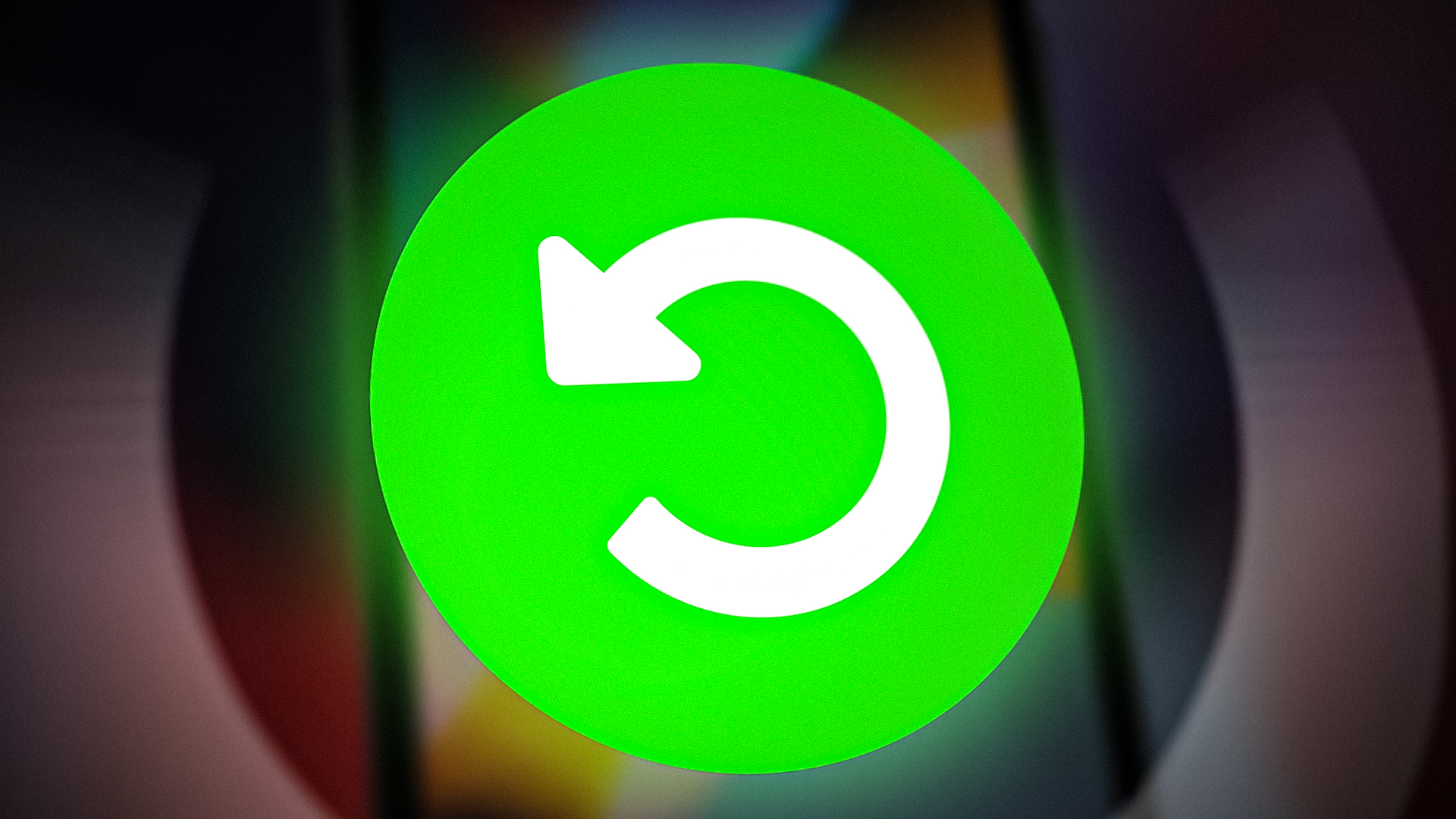
In this article, we will explore the various methods for restarting both Android and iOS devices without using the power button. The process includes connecting the phone to a computer, using an on-screen power button, using an external device, and removing the battery (if applicable).
How to restart Android without Power Button?
Android phones offer the convenience of restarting the device through the Settings app. Let’s explore a few settings options you can utilize for this purpose.
1. Restart the Phone using Schedule Power On/Off
The most easily accessible and efficient way of restarting Android is the in-built feature called Scheule Power On/OF. This feature allows you to set a time frame in which your device will automatically turn off. Settings a power on/off schedule is more like setting an alarm. Here is how you can set the schedule:
- Go to Settings > Battery or System (Depends on phone settings).
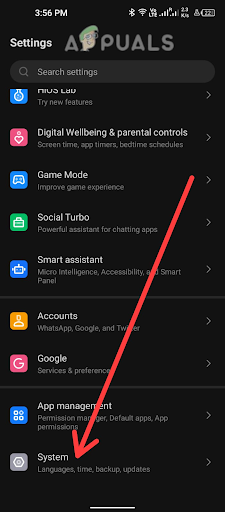
Go to the System option - Select Schedule power on & off.
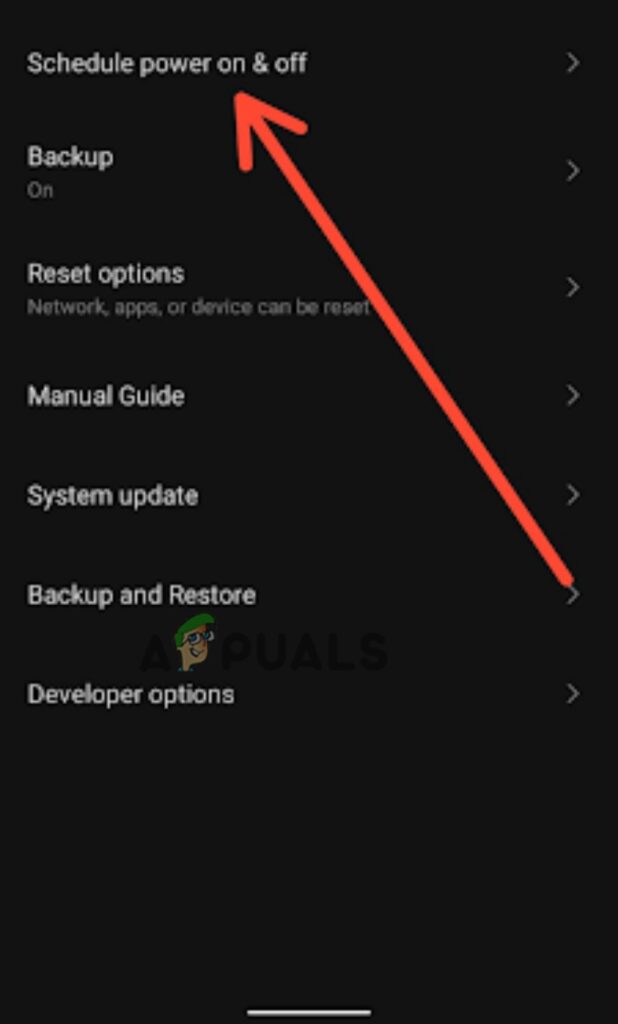
Select Schedule Power on and off - Now set your desired On/Off schedule and turn on the toggle.
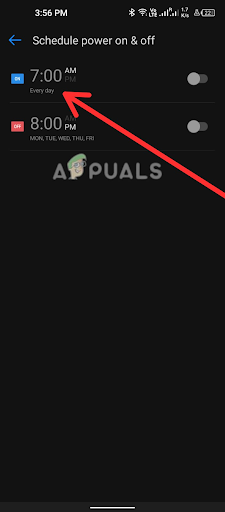
Set desired On/Off schedule - Set the time on the Timer.
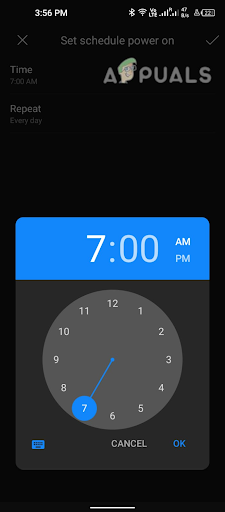
Set the time on the clock - Tap on Toggles to on the Schedule.
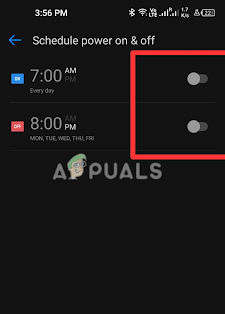
Tap on Toggles
Note: The exact steps may slightly vary depending on the model and version of your Android device.
2. Restart the Phone using ADB (Computer Required)
Android Debug Bridge (ADB) is a command-line tool that allows you to communicate with an Android device from a computer. For this purpose, you have to install ADB on your PC and enable it on your phone, then connect both using a USB.
Once you’re set up, use the ADB command “adb reboot” to restart your device. It reboots the phone system, closes all running apps, and restarts the device. Let’s have a detailed look at each of the steps.
Step 1. Install ADB:
To use ADB, you first need to install it on your computer. You can install it using the Android SDK Platform-Tools package.
Step 2. Enable Developer mode on your Android device:
- Go to the Settings app on your device,
- Tap on My Phone. For some devices that have different Settings click on System then About phone.
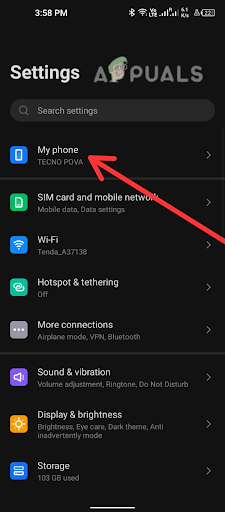
Tap on My Phone. - Find the Build number and tap it seven times to enable Developer mode.
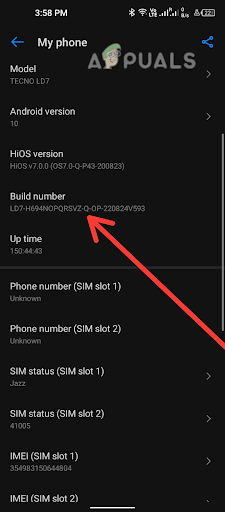
Tap seven times on Build Number - Use a USB cable to connect your Android device to your computer.
Step 3. Open a terminal or command prompt:
- On Windows, press Windows Key + X and select Command Prompt. On macOS or Linux, open Terminal.
- Navigate to the platform tools directory: In the terminal, navigate to the directory where the ADB tools are installed.
For example:
3. Use the ADB command to restart the device: Type the following command and press enter:![]()
This will restart the Android device. The device may take a few minutes to restart.
3. Restart the Phone using Third-Party Apps
There are several third–party apps available on the Google Play Store that allow you to schedule a restart on your Android phone. Here are a few popular options:
1. Tasker
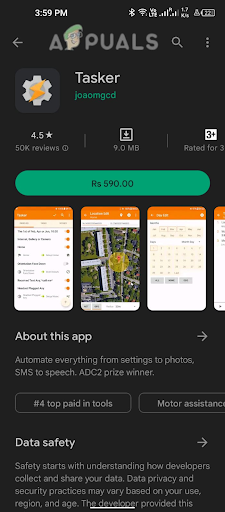
Tasker is an automation app that lets you automate various tasks and actions on your Android device. With Tasker, you can create custom profiles, tasks, and scenes to automate actions like sending messages, setting volume, and more based on trigger events like location, time, and more. With an intuitive interface, you can easily set up automated tasks and enjoy an improved and effortless user experience.
You can use the Tasker app to restart your phone. You can create a task that includes a Restart action and trigger it based on a specific event, such as a time or day, or when a certain app is launched.
2. AutomateIt
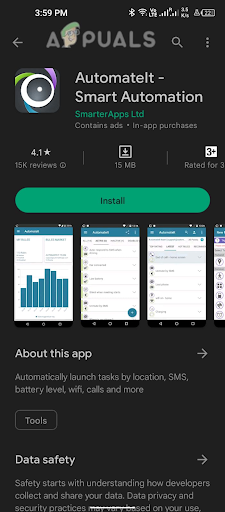
The AutomateIt app can be used to create automated tasks on an Android phone, including restarting the device. To do so, you can create a new rule within the app and select the Restart device action. You can then set the conditions under which the device will be restarted, such as at a specific time or when a certain trigger occurs.
3. MacroDroid
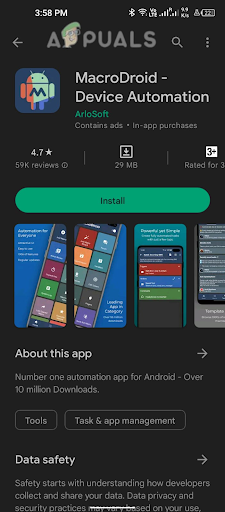
The MacroDroid app can be used to restart your phone by creating a macro that performs the restart action. First, open the MacroDroid app and tap on the “+” button to create a new macro. Then, choose the System Actions category and select Reboot Device. After that, set the trigger for the macro, such as a specific time or a button press.
Finally, save the macro and enable it. Now, whenever the trigger conditions are met, your phone will restart automatically. This feature can be useful if you need to restart your phone for any reason, such as to fix a software issue or to apply updates.
To use these apps, you will need to download and install them from the Google Play Store, and then follow the app’s instructions to set up a task that will automatically restart your phone at a specified time.
How to Restart iPhone without Power Button?
Getting over the Android, now it’s time to discuss hidden features in iOS that enables you to Restart your iPhone without actually pressing and holding the side keys. Either your iPhone side keys are dysfunctional or you are eager to know new ways to do simple tasks, the following methods below to perform a restart on iOS.
1. Restart iPhone using Assistive Touch
This highly useful yet underrated feature, AssistiveTouch, enables you to do many ask within a few taps. By enabling this feature, you’ll see a virtual button on your screen. By tapping this button, multiple options will show up. These include controlling the volume, turning the screen off, powering off iPhone, taking screenshots, etc. without pressing the side buttons.
With help of the AssistiveTouch feature, it is also possible to restart your iPhone with a single tap. To utilize this facility, follow the steps below.
- Go to Settings > Accessibility.
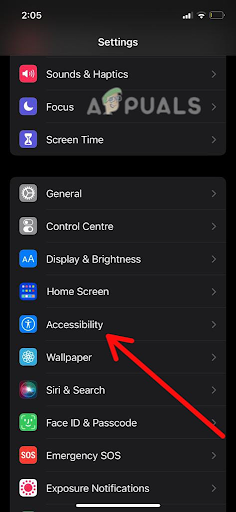
Go to Accessibility. - Then tap on Touch.
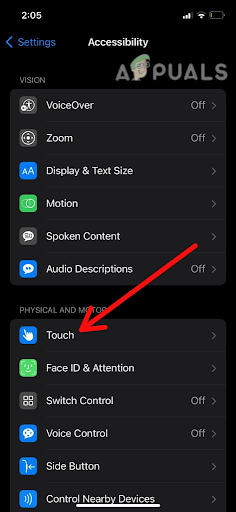
Tap on Touch - Look for Assistive Touch and tap on it.
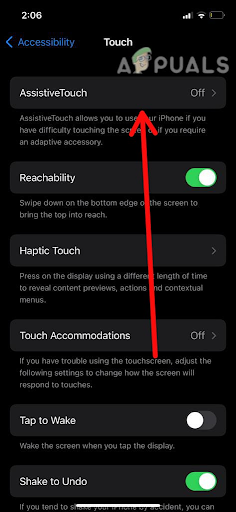
Tap on the Assistive Touch - Now turn on the Toggle to enable assistive touch.
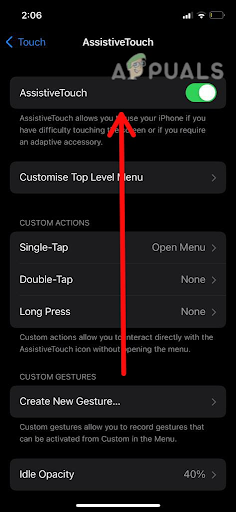
Turn on the Assistive Touch toggle - A floating button will appear on the screen. Tap on it to open the Assistive Touch menu.
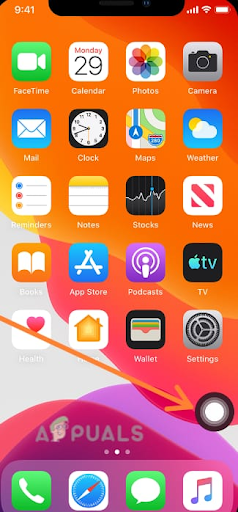
Tap on a floating button to open the Assistive Touch menu - Tap Device > Restart.
- Confirm the restart by tapping Restart again in the pop-up window.
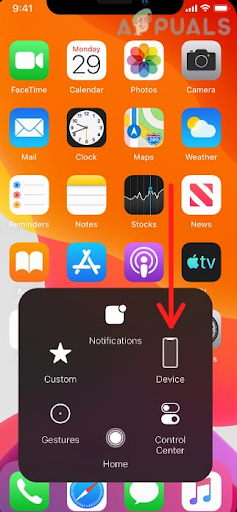
Tap on Restart in the pop-up window
Your iPhone will now restart using the power button.





